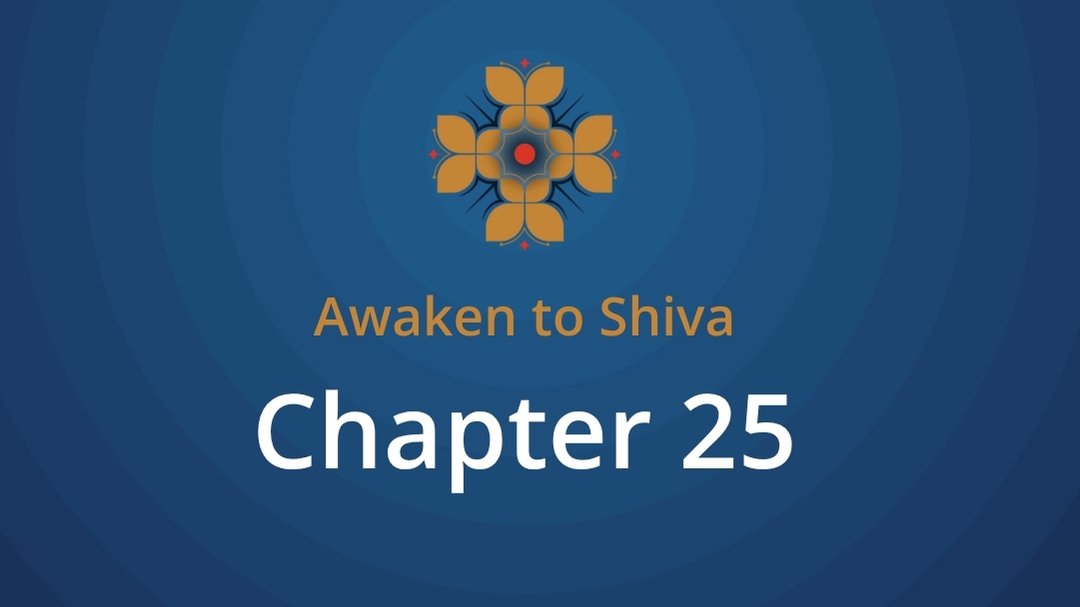Home » All Chapters » Chapter 25 - Bondage and Liberation in the Light of Shiva

The sages, seeking freedom from life’s cycles, asked Sutji, “O wise one, what binds the soul, and how can we find liberation through Shiva’s grace?”
Sutji, a beacon of clarity, replied, “O sages, the soul’s journey is shaped by eight elements of creation-Nature, Intellect, Ego, Mind, and the five perceptions of sound, touch, sight, taste, and smell. These form
the threads of bondage, weaving three layers around us: the Gross Body, our physical self; the Subtle Body, our mind and emotions; and the Causal Body, a hidden seed holding past desires and karma that keep us in the cycle of birth and death. We must transcend these layers to find liberation and merge with Shivji, the ultimate truth.”
He continued, “The Shivling, in its five sacred forms, lights this path to freedom. The Swayambhu Ling, born of nature, reminds us of Shiva’s eternal presence. The Baan Ling, tied to ancient tales, offers divine protection. The Pratishthit Ling, blessed through devotion, brings stability. The Char Ling, within our navel, heart, throat, and forehead, purifies our inner self. And the Guru Ling, a guide as Shiva himself, leads us to enlightenment. Each form invites us to connect with Shiva’s energy, helping us rise above the material world.”
Sutji then shared a sacred symbol: “Bhasma, the sacred ash, is a powerful tool for this journey. It represents life’s impermanence and Shiva’s mastery over time and death. When we apply it as Tripundraka-three lines on the forehead-it aligns us with Shiva’s grace, purifying our body and spirit. It’s a reminder to let go of worldly attachments, uniting us with the divine in every moment.”
He concluded, “Liberation comes through surrender-through chanting Shiva’s name, meditating on his form, or simply offering our hearts in devotion. Those who hear this wisdom gain a seed of merit, and through unwavering devotion, they break free from birth and death, finding eternal peace in Shiva’s infinite love.”
Inspired by the path to liberation?
🎧 Listen to the podcast – Har Din Mahashivpuran
📖 Read the book – A Modern Seeker’s Mahāshivpurāṇ.